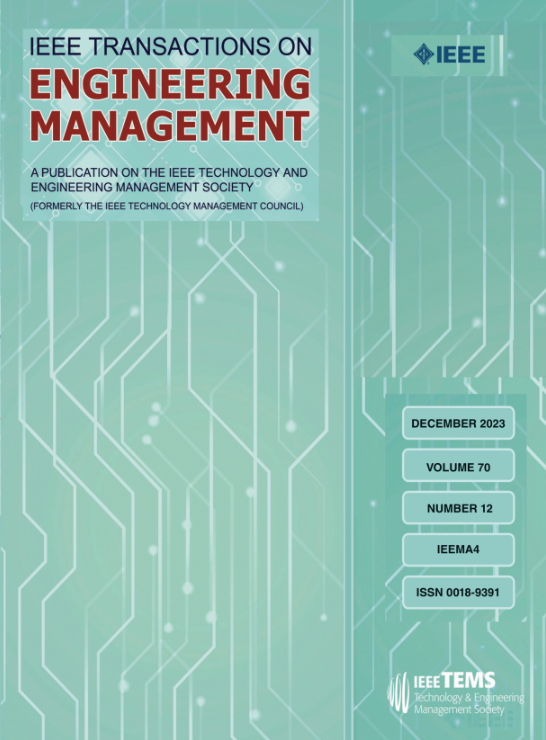混合所有制改革与创新:国有企业研究
IF 4.6
3区 管理学
Q1 BUSINESS
引用次数: 0
摘要
先前有关所有权的文献表明,在大多数情况下,国有企业(SOEs)中的国家所有权并不是企业绩效的最佳结构,尤其是在新兴经济体中。混合所有制结构旨在克服这一劣势。然而,人们对混合所有制对创新的影响还不甚了解。我们以 2003 年至 2019 年间在中国运营的 375 家上市国有企业为样本,研究了国有企业的创新努力是否以及如何受益于混合所有制改革。我们讨论了国有企业中的委托人-委托人冲突和委托人-代理人冲突,并认为伴随混合所有制改革而来的管理自主权的增加将国有企业从国家控制中解放出来,并使其转向参与市场力量,从而鼓励更高水平的创新。我们的研究结果表明,混合所有制改革提高了国有企业创新的频率和影响。我们进一步发现,当国有企业隶属于中央政府时,这种关系会更加明显,而通过反腐政策,这种关系会得到加强。本研究为混合所有制改革在新兴经济体中的作用提供了新的见解。本文章由计算机程序翻译,如有差异,请以英文原文为准。
Mixed-Ownership Reform and Innovation: An Examination of State-Owned Enterprises
Prior literature on ownership suggests that in the majority of cases, state ownership in state-owned enterprises (SOEs) is not an optimal structure for firm performance, especially in emerging economies. Mixed-ownership structures are designed to overcome this disadvantage. However, their impacts on innovation are not well understood. We examine whether and how SOEs’ innovation efforts benefit from mixed-ownership reform, using a sample of 375 publicly listed SOEs operating in China between 2003 and 2019. We discuss principal–principal and principal–agent conflicts in SOEs and argue that the increase in managerial autonomy that accompanies mixed-ownership reform releases SOEs from state control and orients them toward engagement with market forces, encouraging higher levels of innovation. Our results suggest that both the frequency and the impact of innovation in SOEs are improved by mixed-ownership reform. We further find that this relationship is more pronounced when SOEs are affiliated with the central government, and it is strengthened through an anticorruption policy. This study provides fresh insights into the role of mixed-ownership reform in emerging economies.
求助全文
通过发布文献求助,成功后即可免费获取论文全文。
去求助
来源期刊

IEEE Transactions on Engineering Management
管理科学-工程:工业
CiteScore
10.30
自引率
19.00%
发文量
604
审稿时长
5.3 months
期刊介绍:
Management of technical functions such as research, development, and engineering in industry, government, university, and other settings. Emphasis is on studies carried on within an organization to help in decision making or policy formation for RD&E.
 求助内容:
求助内容: 应助结果提醒方式:
应助结果提醒方式:


